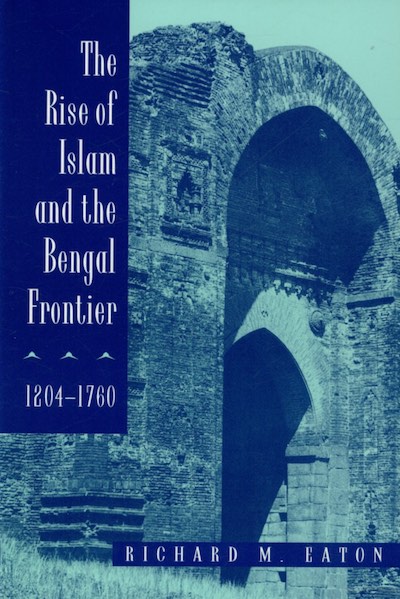By Richard M. Eaton (NHC Fellow, 1979–80)

Berkeley: University of California Press, 1993
From the publisher’s description:
In all of the South Asian subcontinent, Bengal was the region most receptive to the Islamic faith. This area today is home to the world's second-largest Muslim ethnic population. How and why did such a large Muslim population emerge there? And how does such a religious conversion take place? Richard Eaton uses archaeological evidence, monuments, narrative histories, poetry, and Mughal administrative documents to trace the long historical encounter between Islamic and Indic civilizations.
Moving from the year 1204, when Persianized Turks from North India annexed the former Hindu states of the lower Ganges delta, to 1760, when the British East India Company rose to political dominance there, Eaton explores these moving frontiers, focusing especially on agrarian growth and religious change.
Awards and Prizes
Albert Hourani Book Award (1994); Ananda Kentish Coomaraswamy Book Prize (1995)Subjects
Religion / History / Islam / Islamic History / History of India / Bengalis /Eaton, Richard M. (NHC Fellow, 1979–80). The Rise of Islam and the Bengal Frontier, 1204-1760. Comparative Studies on Muslim Societies. Berkeley: University of California Press, 1993.